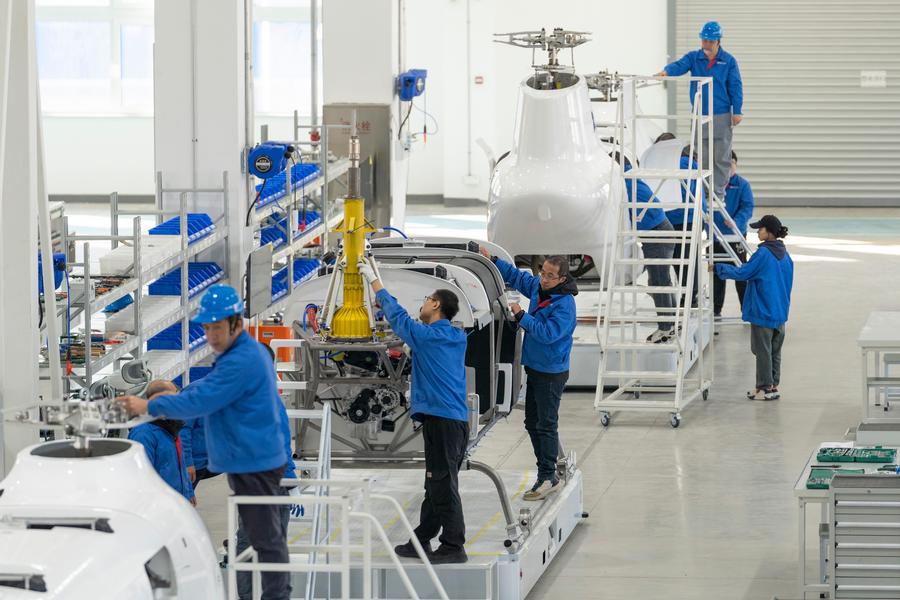
China's economic performance held steady in October amid headwinds and uncertainties, with industrial production reporting stable growth, driven by strong performances in equipment manufacturing and high-tech sectors, official data showed on Friday.
Figures released by the National Bureau of Statistics (NBS) showed that China's value-added industrial output – a gauge of activity in the manufacturing, mining and utilities sectors – rose by 4.9 percent year-on-year in October, following a 6.5 percent rise in September.
Notably, equipment and high-tech manufacturing reported strong performances in October, with respective expansions of 8 and 7.2 percent.
Retail sales, a key measure of consumer spending, grew by 2.9 percent year-on-year in October, compared to a 3 percent growth in September.
ALSO READ: Consumer market demonstrates renewed momentum
Fixed-asset investment – a gauge of expenditures on items including infrastructure, property, machinery and equipment –declined 1.7 percent during the January-October period compared to a year ago. In the first nine months of the year, it had decreased by 0.5 percent.
The surveyed urban unemployment rate stood at 5.1 percent in October, down from 5.2 percent in September, according to the NBS.
The NBS stated that the data showed China's economy remained generally stable in October, with solid progress in transformation, upgrading and new growth drivers.
Recognizing that challenges and uncertainties persist in the external environment, the NBS reaffirmed its commitment to promoting the effective implementation of policies aimed at boosting domestic demand and maintaining stability in employment, business activity, markets and expectations.


